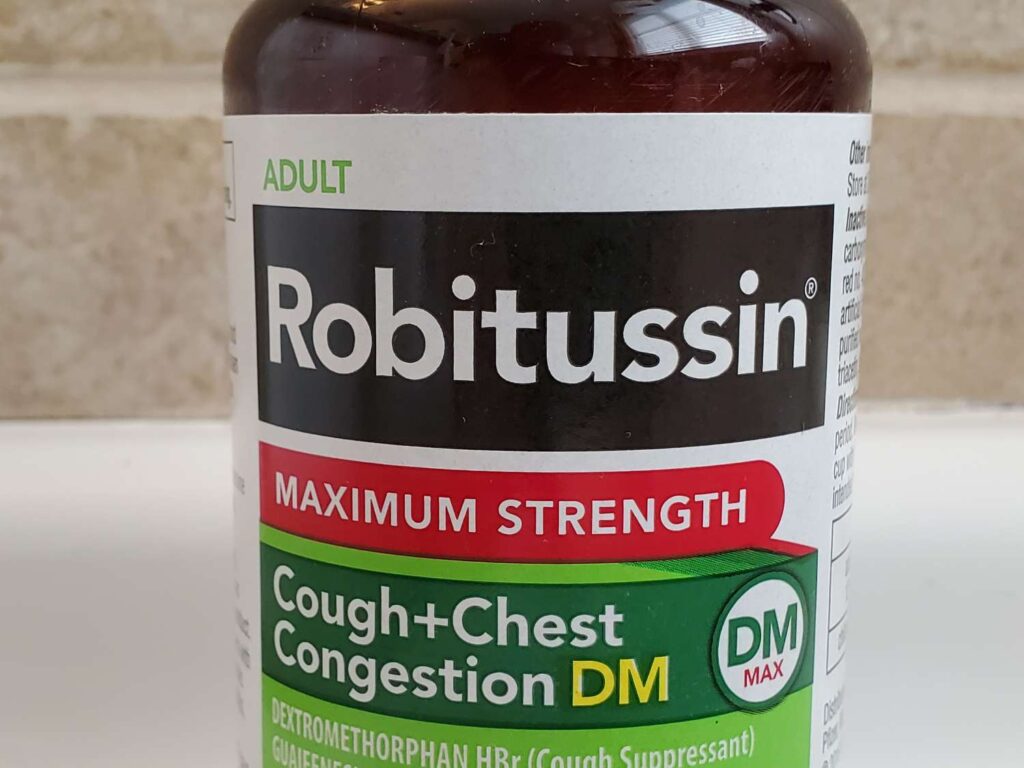
When cold and flu season hits, many of us immediately rifle through our medicine cabinets seeking relief from the uncomfortable symptoms that accompany respiratory illnesses. Two common over-the-counter remedies often reached for are Robitussin and Mucinex. Although both are designed to ease discomfort during a cold or the flu, they serve different purposes and contain different active ingredients.
Robitussin: An Overview
Robitussin is a brand well-known for its cough syrups that address various symptoms such as cough, congestion, and colds. Here’s how the different formulations compare:
Active Ingredients
- Robitussin DM: Contains dextromethorphan (a cough suppressant) and guaifenesin (an expectorant).
- Robitussin CF: Combines dextromethorphan, guaifenesin, and phenylephrine (a nasal decongestant).
Purpose and Usage
Robitussin products work by suppressing the cough reflex and helping to break up mucus, making it easier to expel. This action can alleviate chest congestion and a persistent cough.
Considerations
It’s important to choose the correct formulation depending on your symptoms—whether it’s just a cough or if nasal congestion is also at play.
Mucinex: An Overview
Mucinex is another household name, known primarily for its line of chest congestion and cold medications.
Active Ingredient
- Mucinex (regular): Contains guaifenesin, which is an expectorant that helps loosen and thin mucus in the airways.
- Mucinex DM: Includes both guaifenesin and dextromethorphan.
Purpose and Usage
The focus of Mucinex is largely on helping you cough up the mucus that causes chest congestion. It is also used to relieve chesty coughs due to its expectorant properties.
Considerations
Mucinex has an extended-release formulation that can last for 12 hours, allowing for less frequent dosing, which can be a significant convenience.
Comparing Robitussin and Mucinex
Active Ingredients: The main difference lies in their offerings of different active ingredient combinations. While both have products containing guaifenesin for mucus control and dextromethorphan for cough suppression, Mucinex offers a sustained release of these ingredients over a longer period.
Symptom Target: Robitussin has a wider variety of symptom-specific treatments, including formulations that address multi-symptom relief, enabling you to tailor the product to your specific needs. Mucinex focuses primarily on mucus buildup and cough relief.
Dosage and Length of Effect: Mucinex is typically dosed less frequently due to its extended-release formulation. When looking at products like Mucinex DM versus Robitussin DM, consider how often you want to take your medication and for how long you want its effects to last.
Form: Robitussin comes primarily in liquid form, while Mucinex is available in both liquid and tablet forms, offering more options for those who have a preference or difficulty with a particular type of medication.
Conclusion
Choosing between Robitussin and Mucinex mostly depends on the type of symptoms you need to treat and your preferred method of medication. For prolonged relief, especially from mucus, Mucinex may be your go-to. If you need a multi-symptom solution and prefer a liquid form, Robitussin offers a range that may better suit your needs.
However, it is always advised to read the labels carefully, understand what symptoms each medication targets, and consider any personal health conditions. Before trying out a new medication, consult with a healthcare professional, especially if you have ongoing medical concerns or are taking other medications. With the right product, you can ease your symptoms and focus on getting back to your daily routine.



